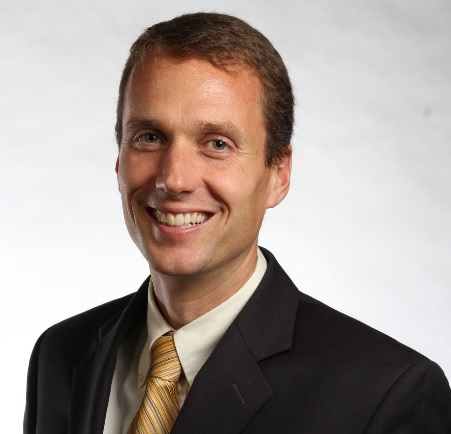Webinar: Hybrid Machine Learning and Fundamental Modeling in Mineral Extraction and Drilling Industries by Dr. John Hedengren, BYU
Webinar: Hybrid Machine Learning and Fundamental Modeling in Mineral Extraction and Drilling Industries
Speaker: Dr. John Hedengren, Associate Professor, Brigham Young University, Provo, Utah
Organizer: IEEE Joint CS - RAS - SMC Chapter of Vancouver Section
Dear All,
We are pleased to invite you to the following webinar in organization of IEEE Joint CS - RAS - SMC Chapter of Vancouver Section. This free webinar is open to everyone. Please feel free to invite your friends and colleagues. We would appreciate everyone to register using the link from this notice. The link to webinar will be shared to all registrants prior to the event. We expect a higher turnout - please consider registering early to save your spot.
Thank you,
IEEE Joint CS - RAS - SMC Chapter of Vancouver Section
Date and Time
Location
Hosts
Registration
- Date: 04 Feb 2021
- Time: 11:00 PM UTC to 12:30 AM UTC
-
 Add Event to Calendar
Add Event to Calendar
- Vancouver, British Columbia
- Canada
Speakers
 Dr. John Hedengren of Brigham Young University, Provo, Utah
Dr. John Hedengren of Brigham Young University, Provo, Utah
Hybrid Machine Learning and Fundamental Modeling in Mineral Extraction and Drilling Industries
A convergence of several key technologies creates an opportunity to use sophisticated mathematical models within automation. A significant challenge is the size of the physics-based models that have too many adjustable parameters or are too slow in simulation to extract actionable information. This presentation shows how fit-for-purpose models can be used directly in automation and optimization solutions. These fit-for-purpose models have unlocked new ways of thinking. Hybrid modeling uses the strengths of both physics-based and data-informed modeling approaches. A hybrid approach uses a priori knowledge in the form of a nonlinear physics-based model with empirical model elements. The challenges and opportunities for combining physics-based and data-driven elements are discussed. The methods are demonstrated on two applications: mineral processing and drilling automation.
An important mineral processing application is a fluidized bed roaster for gold ore processing. Refractory carbonaceous ore contains naturally occurring material that negatively affects the cyanidation gold recovery process by encapsulating the solubilized gold. The roaster oxidizes these carbonaceous materials. The reaction kinetics of the fluidized bed reactor are modeled with a shrinking core model (SCM) in conjunction with the heat and material balance equations. The unknown parameters in the model are effective diffusivity, particle size, and heat transfer coefficients that are empirically estimated with operation data. The hybrid physics and machine learning model is used in a real-time optimization The hybrid model demonstrates higher accuracy over traditional physics-based or empirical neural net approaches.
The drilling industry faces challenging market conditions that motivate the use of automation to reduce costs and decrease well manufacturing variability. Physics-based and empirical models have advantages and opportunities for predictive monitoring and control. Current progress, challenges, and opportunities to control critical drilling conditions such as downhole pressure in Managed Pressure Drilling (MPD) are explored. In automated rig systems, there is additional potential to unlock the predictive capabilities of physics-based models to "see" into the near future to optimize and coordinate control actions.
Biography:
Dr. Hedengren received a PhD degree in Chemical Engineering from the University of Texas at Austin and is an Associate Professor at Brigham Young University. Previously, he previously worked with ExxonMobil on Advanced Process Control. His primary research focuses on accelerating machine learning and automation technology across industries. Other research interests include fiber optic monitoring, Intelli-fields, reservoir optimization, drilling automation, nuclear hybrid energy systems, and unmanned aerial systems. He is a leader of the Center for Unmanned Aircraft Systems (C-UAS), applying UAV automation and optimization technology to energy infrastructure.
Agenda
Date and Time: Thursday Feb 4th, 2021 from 3:00PM to 4:30PM.
Webinar. Free Event. Everyone Welcomed. Please invite your friends and colleagues. Registration required.
Webinar Link Info to be emailed upon registration.
